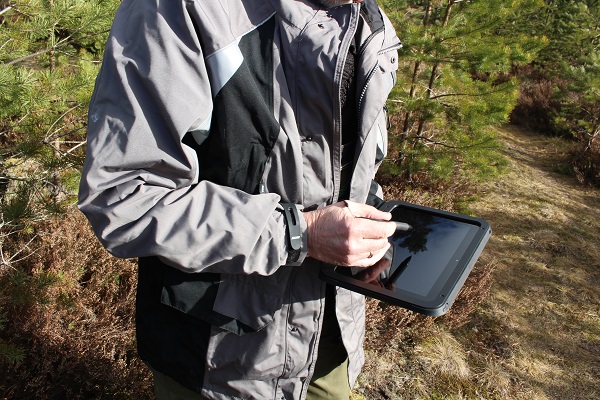Artificial Intelligence is Now Also to be Found in the Forest
Keeping up with the advancement of technologies and the latest findings, specialists of JSC "Latvia's State Forests" (LVM) are constantly looking for new solutions to improve the efficiency of the company.
Currently, the company is interested in the latest technologies, which can improve the forestry planning process, shorten the time between the acquisition and use of information and, of course, improve the efficiency of work, while maintaining the accuracy of the data collected.
One of the ways to find solutions to the goals set is to use artificial intelligence methods for obtaining forest stand taxation indicators (forests, tree species, forest land basal area, height of trees, number of trees, average and total standing timber). The required indicators can be obtained from images taken by satellites Sentinel 1 and Sentinel 2, aerial photographies and LiDAR or Light Detection and Ranging technology.
"Artificial intelligence technologies, which include machine learning and deep neuron networks, are well developed and can certainly be used to address forestry issues. We have begun a preliminary study of the possible solutions and the goals to be achieved are challenging. We hope that artificial intelligence technology companies will show interest in cooperation and in active search for potential solutions," says Armands Berķis, LVM Development Project Manager.
Since its foundation in 1999, Joint Stock Company "Latvia’s State Forests" implementing sustainable forest management has paid one billion euros to state and local government budgets. LVM's economic activities are carried out by maintaining and recovering forests, taking care of nature conservation, recreation opportunities and growing timber, as well as investing annually in increasing forest land and developing forest infrastructure - renovation of drainage systems and forest road construction. The volume of timber in the forests managed by increases by 12 million cubic metres annually.



